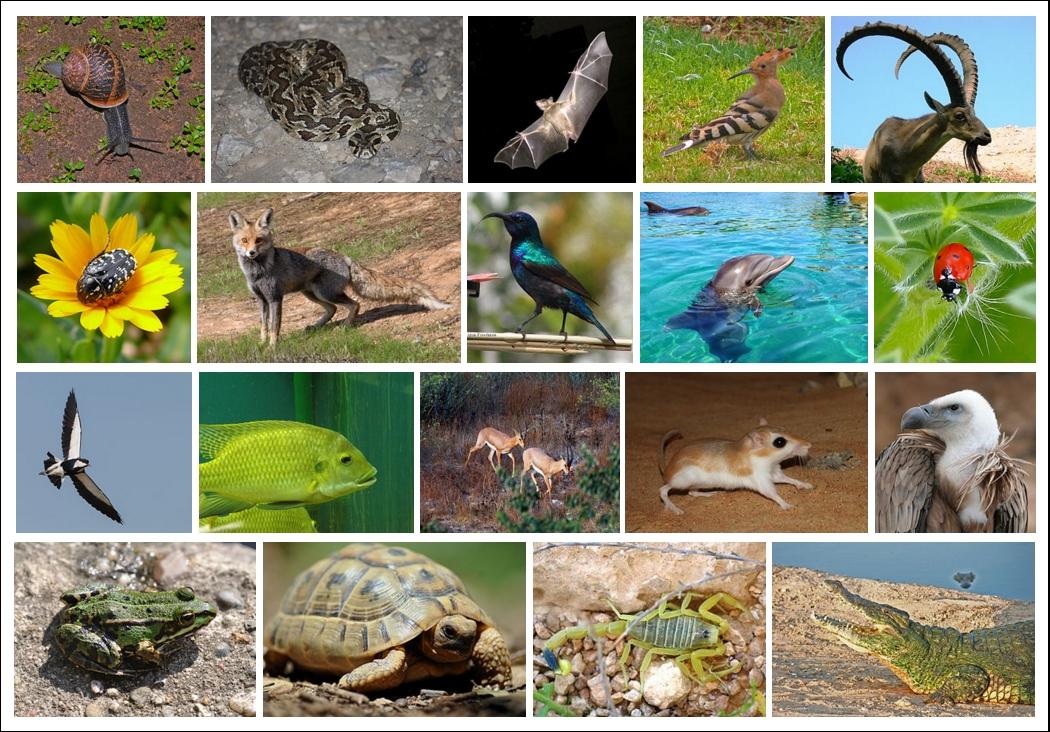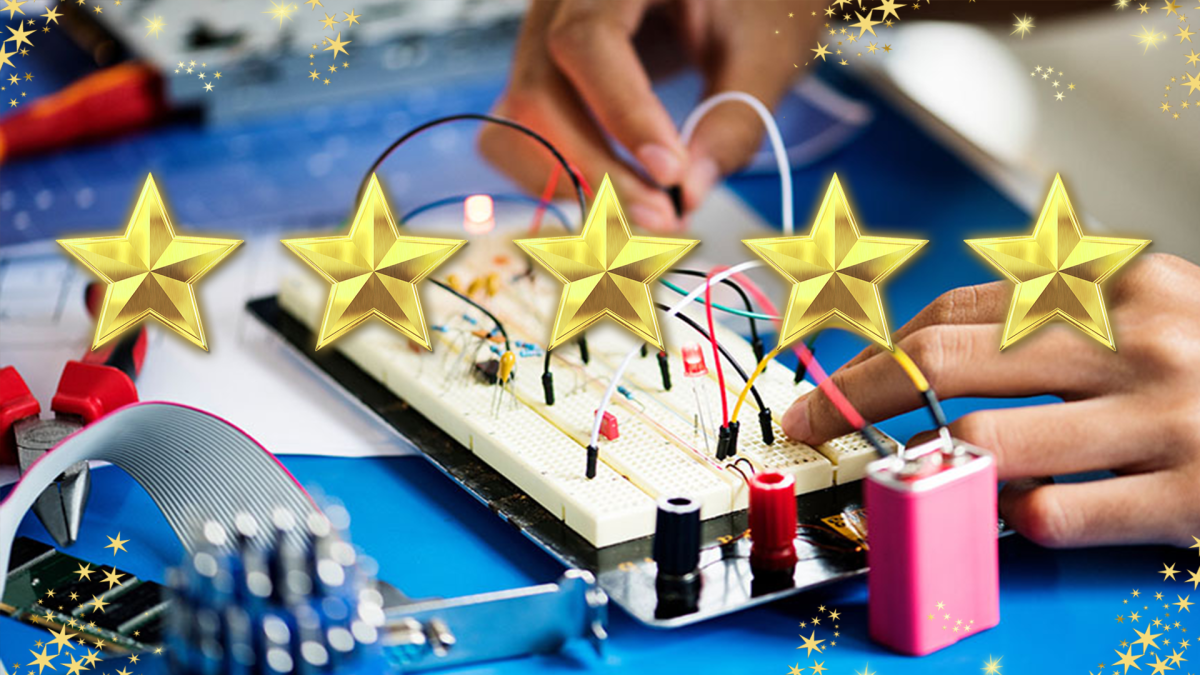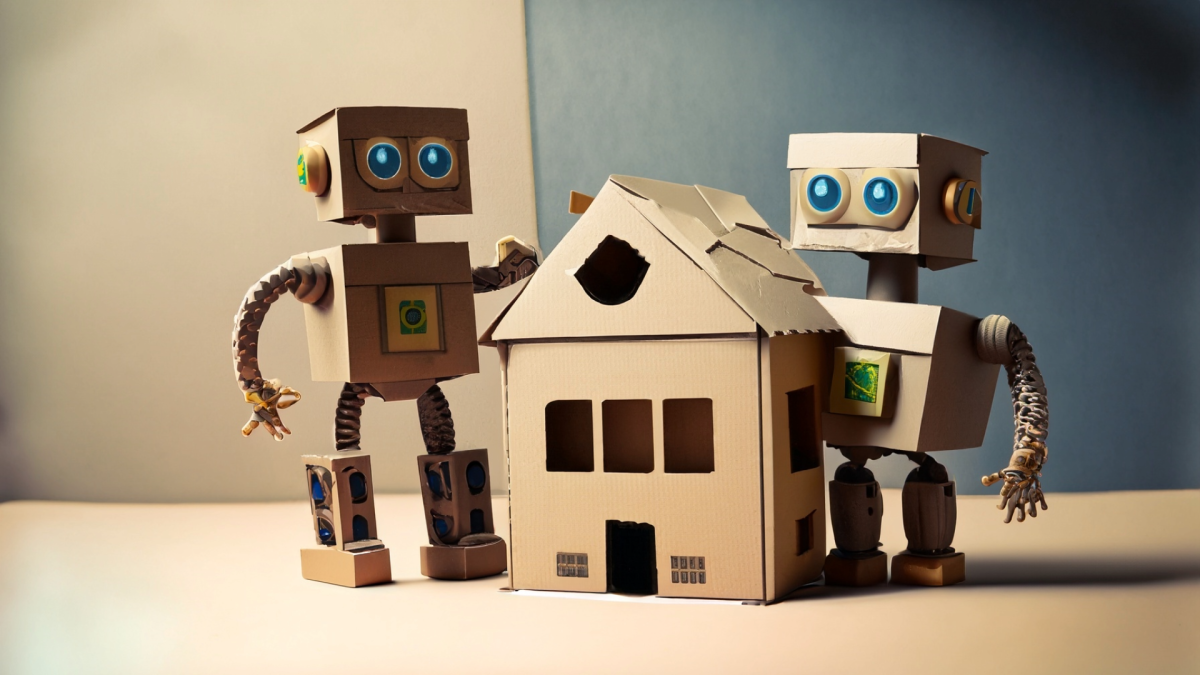
Quail Farming
Students will learn about the three pillars of sustainability through their quail farm. They will incubate, raise and restock their quails in order for them to be sustainable regardless of what happens to the farms in America. They will learn how to create their own brooder, watering systems and eventually become a selective breeder in order to maximize their farm.
Lesson Plan Link/URL
https://docs.google.com/presentation/d/1HTv3MZi19Zn-55Zsn-SqbxvNEK-_9wbC/edit?u…Subject Area
Science Life Science L2: Organisms & Energy L3: Genetics & Heredity Technology 1. Empowered Learner 3. Knowledge Constructor 6. Creative Communicator Engineering S2: Apply the Engineering Design Process S4: Apply Science to Engineering S7: Apply Project Management to Engineering Mathematics Counting and Cardinality (CC) Number and Operations—Fractions (NF) Measurement and Data (MD) English Language Arts (ELA) Reading (Informational Text) Writing Speaking & ListeningRelated Content

A Shocking Dystopia: STEM Adventures in The City of Ember Part 4 of 4: Where the River Goes
This lesson is PART 4 of a four-lesson unit, which focuses on futures thinking, the phenomenon of electricity, closed-system agriculture, and water as a renewable energy resource. “The City of Ember”

A Shocking Dystopia: STEM Adventures in The City of Ember Part 3 of 4: A Problem in the Greenhouse
This lesson is PART 3 of a four-lesson unit, which focuses on futures thinking, the phenomenon of electricity, closed-system agriculture, and water as a renewable energy resource. “The City of Ember”

By the end of this lesson, students will understand the unique adaptations of desert tortoises and the importance of conserving their habitat. Students also engineer a habitat for the desert tortoise.